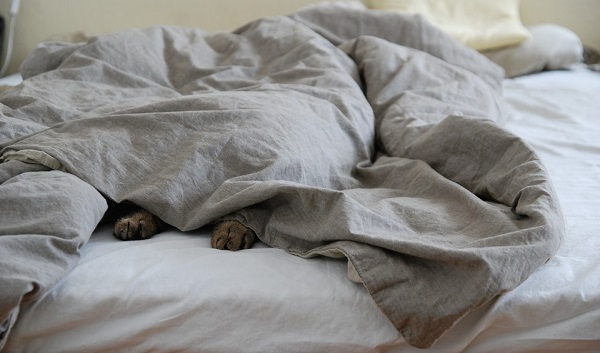Did you know that around 70% of our utility bills are accounted for by gas consumption?
And 85% of this usage goes towards central heating alone.
Heating our homes is a necessity and during winter, you might find yourself resigned to rocketing energy bills.
But perhaps you don’t have to be…
There are other ways to keep your home feeling warm and cosy that don’t involve putting your radiators on full blast. These simple changes can help you keep your heating usage to a minimum.
So, when the cold starts to bite this year, don’t reach for your thermostat right away. Instead, try these ideas for keeping warm and energy efficient first!
1. Thick curtains
Fabric curtains are a valuable insulator – they’re the equivalent of giving your windows a toasty blanket.
A significant amount of heat is lost through our windows (around 10%), even when double glazed. Fitting thick curtains is a great way of conserving heat during winter night times.
2. Letting in the daylight
Even on a cold day, sunlight beaming through the glass of your windows will help raise the interior temperature of your home. To harness this natural source of warmth, make sure you open your curtains during the day.
3. Interior window insulation
If you don’t have double glazing or aren’t in a position to upgrade it, there are other things you can do. Using clear adhesive window insulation can reduce the amount of heat lost through glass window panes. It’s cheap to buy, easy to install and won’t affect light coming through to your rooms.
4. Draught excluders
Stuffed fabric draught excluders are an easy and affordable way of trapping warmth in the room you’re in. They also work wonders on exterior doors, preventing outdoor draughts from sweeping through your home and reducing the overall temperature. You can make your own easily enough or find them online and in homeware stores.
5. Electric blankets
Many of us have our central heating on right up until we’ve gone to sleep. But what’s the sense in that when we’re only spending time in our bedrooms?
Electric blankets take the chill out of going to bed and allow you to turn your central heating off that bit earlier. They are cost-effective, easy to use and delightfully cosy on a cold winter’s eve.
6. Winter bedding
Do you change your bed covers for winter?
Many of us don’t and are guilty of simply cranking up the heating to compensate. Using a mattress topper, adding a thick blanket under your sheet and investing in a thicker winter duvet are easy ways of making your beds cosier. This can help reduce your reliance on central heating during the nights.
7. DIY loft insulation
Better insulating your home doesn’t have to be a huge overhaul. Although investing in professional loft or cavity insulation is a hugely effective way of reducing your household gas bills, there are cheaper options. You can buy affordable loft insulation rolls from hardware stores and find plenty of useful DIY tutorials online, to help you with installation.
8. Cosy rugs, throws and pillows
Dressing a room with soft furnishings like throws, rugs, carpets and pillows is a simple change that can help reduce your reliance on additional sources of heating. Carpets, throws and blankets provide great insulation and create a cosy atmosphere for your family to snuggle up in.
9. Wearing extra layers
This one is extremely obvious, but many of us fail to do it in reality! Perhaps the best way to limit your central heating usage is simply by dressing warmer in your own home.
Make sure everybody in your home has slippers, dressing gowns and layers of warm indoor clothing. That way, you’ll be able to turn your heating down by a few degrees at all times, saving you money every single day.
Would you like to talk to someone about getting an energy efficient boiler this winter? Arrange a survey today by contacting our friendly customer care team on 0800 980 6018 or by booking below.










